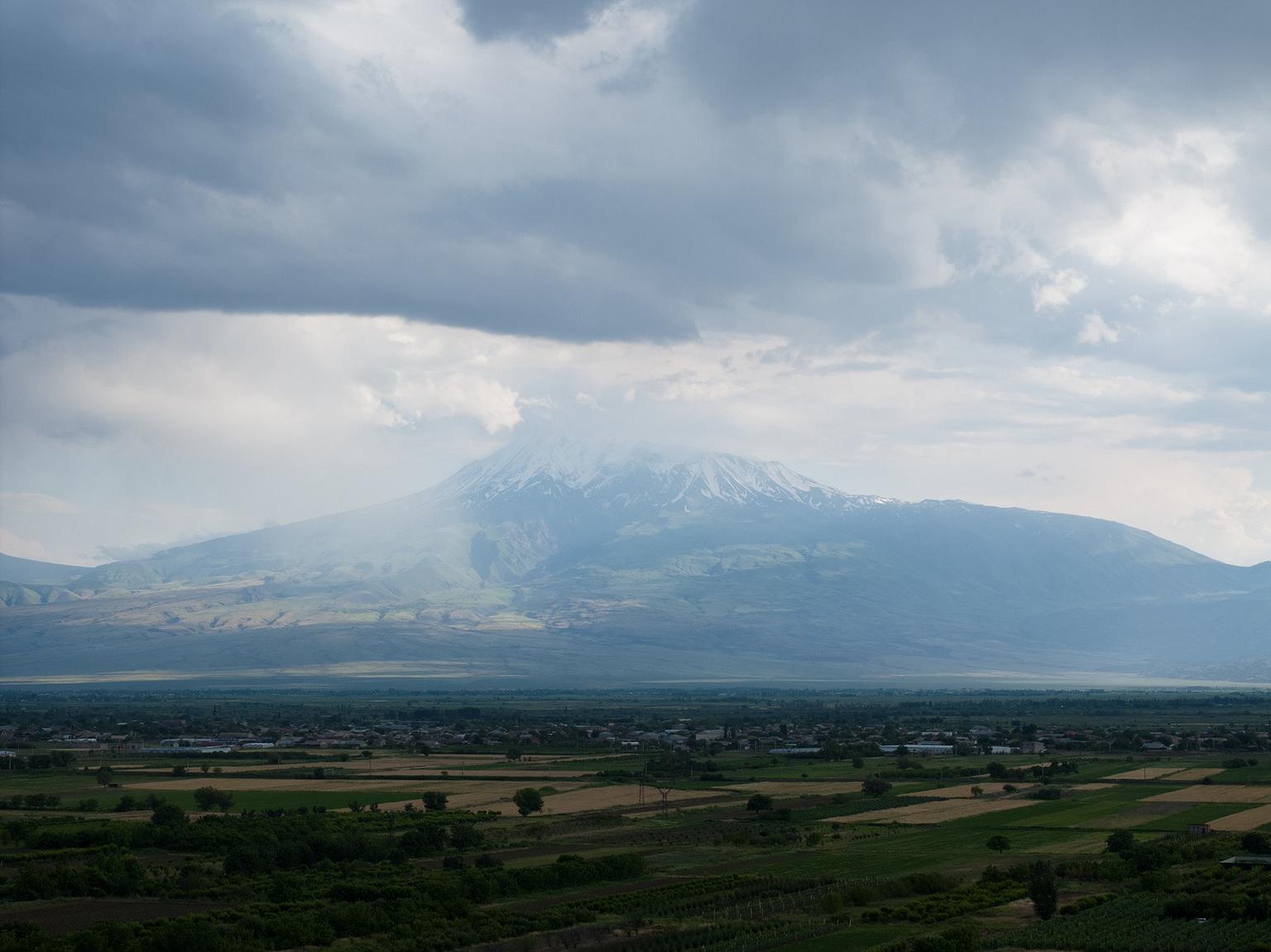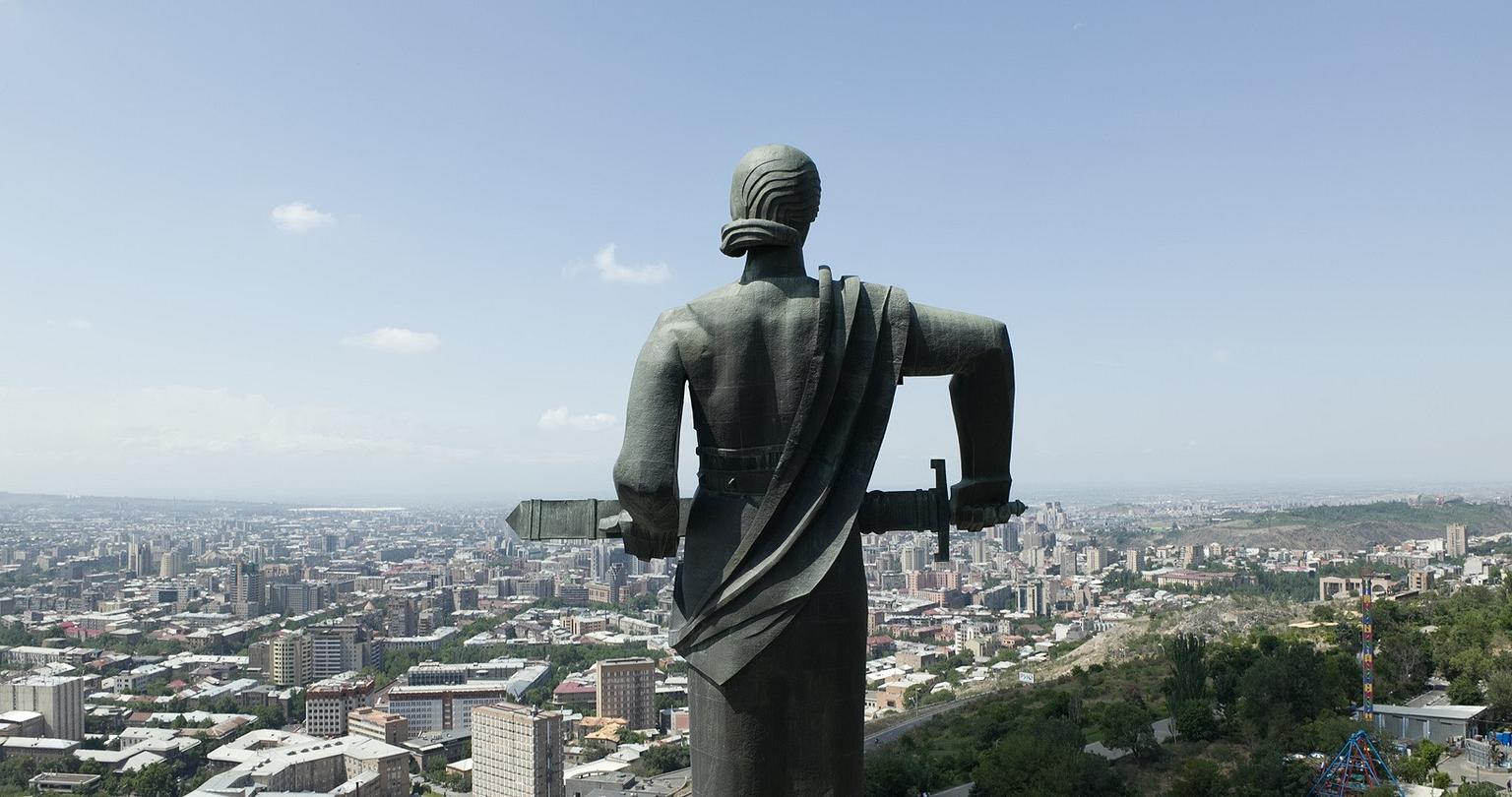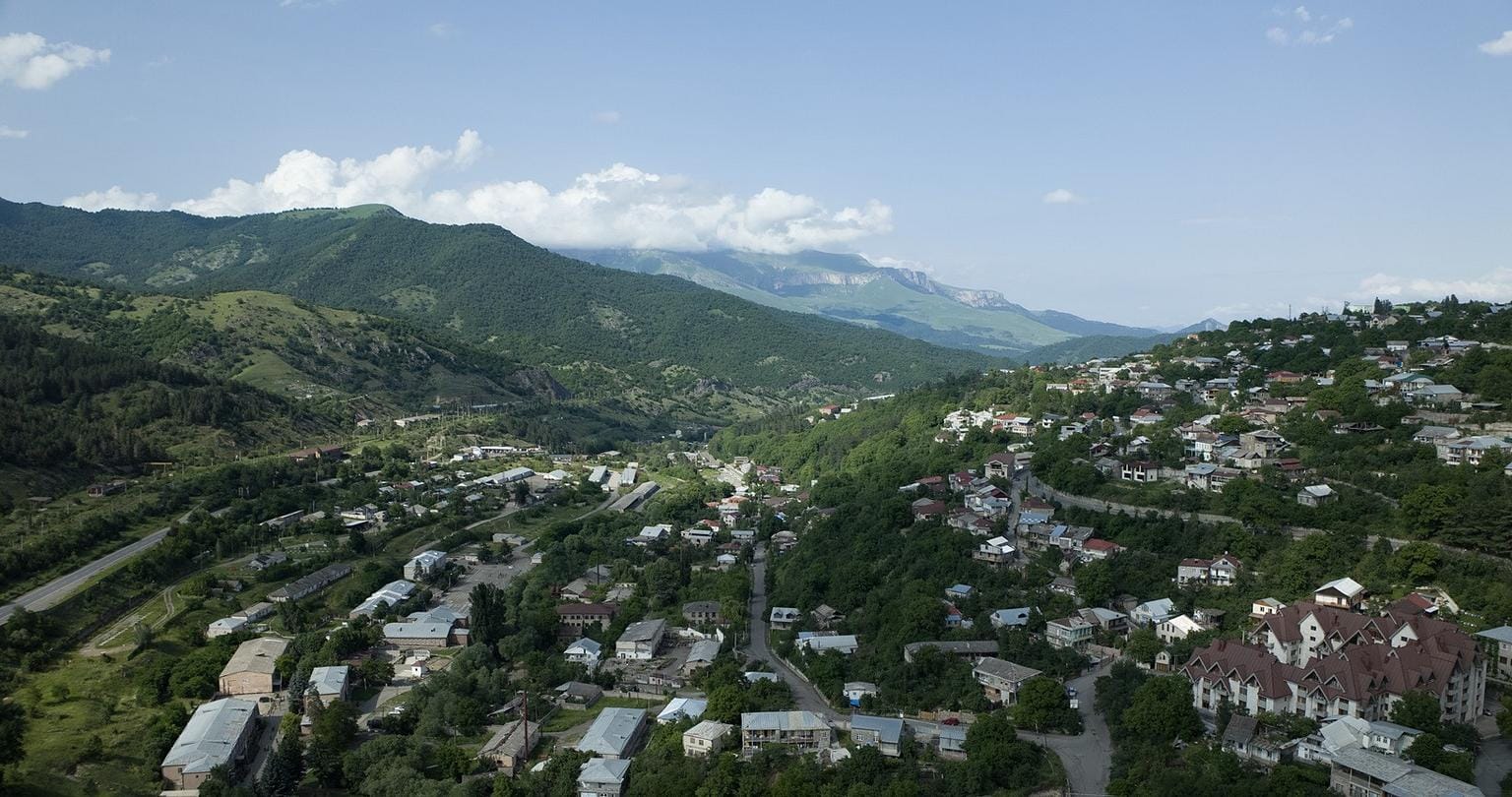Armenia, My Home
Connecticut Public TV premiere; streaming on PBS
I guess you could say that I have a fraught relationship with the idea of a homeland.

I’m an African American, so my history was obliterated during the trans-Atlantic slave trade. I’m an American — my family goes back generations in this land, in Virginia and Georgia. Where we come from beyond that is a nebulous, hazy place called “Africa.”
I put it that way because the African continent contains 1.2 billion people with over 3,000 different ethnic groups and 2,100 spoken languages. I have no idea which one of those I descend from, so calling Africa “the Motherland” is about as devoid of meaning to me as if I told someone now that my family is from North America.
So when I hear others talking about their ancestral history, I try to put myself into their shoes to feel something about this concept of ancestry. That’s how I approached the documentary Armenia, My Home, by veteran documentary maker Andrew Goldberg, who lives in Westport. The documentary premiered Monday on CPTV.
I knew only two things about Armenia before I watched the documentary. First, one of my favorite history teachers ever hailed from Armenia, or at least his family did. I can still see his bushy eyebrows, thick mustache and sun-worn, olive colored skin when I close my eyes. The other thing I knew was that Armenia recently fought a war against Azerbaijan over a region called Nagorno-Karabakh that was home to thousands of Armenians before they lost the war.
Right away, it’s clear that Goldberg has a superb eye for physical space and the way to capture it on camera. He deploys a drone to produce gorgeous sweeping overviews of the Armenian landscape. Mountains, rivers and fields pop out of the screen in panoramic fashion, and display the unique physical attributes of a country situated in the Caucasus region. The views of Mount Ararat, a deeply important natural artifact to the Armenian people (despite being located in present-day Turkey) are particularly memorable.
Goldberg extends his visual flair to the built environment as well. Armenia has some breathtaking ancient architecture that Goldberg captures with care. I could tell that these spaces were special to him by the way the camera lingers over them, taking in every crevice and column. The Garni Temple and the Tsitsernakaberd genocide memorial stand as opposite examples of the beauty of Armenian architecture from different eras- the former from the past, and the latter from the present.
Where the documentary falters is in its human presentation. Goldberg features the standard array of professors, authors and media personalities to talk about Armenia in the documentary style we’ve become accustomed to: they sit in the center of the frame, speaking in sound bytes until their voices are superimposed over visuals of the topic they’re discussing.
The documentary was once a rare treat, something you stumbled across if you were lucky enough to catch it on PBS on a Sunday afternoon. But now thanks to on-demand streaming services, documentaries are now as accessible as any other genre of television. And they all look exactly the same.
If there’s any form of visual storytelling that is in need of some kind of shakeup that challenges the status quo, it’s the talking head format of documentary film.

But more importantly, this style of documentary making feels like a missed opportunity when the film is titled, Armenia: My Home.
I was expecting something closer to a pilgrimage story, where the documentary would follow Goldberg back to Armenia as he learned more about his heritage. It’s not until literally this moment as I write this that I realized that Goldberg is not actually Armenian, so I’m forced to ask why the film is called My Home?
As far as I can tell, none of the speakers were born in Armenia. The setup seems to demand an Armenian actually taking in Armenia in real time as opposed to an array of memories of “that one time I was there.”
But that might just be me. As I said at the top of this essay, my homeland is the place I was born because I don’t know anything else. That relationship is probably different for people who can trace their lineage back just a few generations to the place where their ancestors lived. For me though, I wanted the human element of Armenia: My Home to match the beauty of the nation itself, and it came up a bit short.
NEXT
Armenia: My Homeland premiered on CPTV Spirit. It will roll out across the nation throughout the month of March; more info here.
Jamil heads to get some tasty food.






